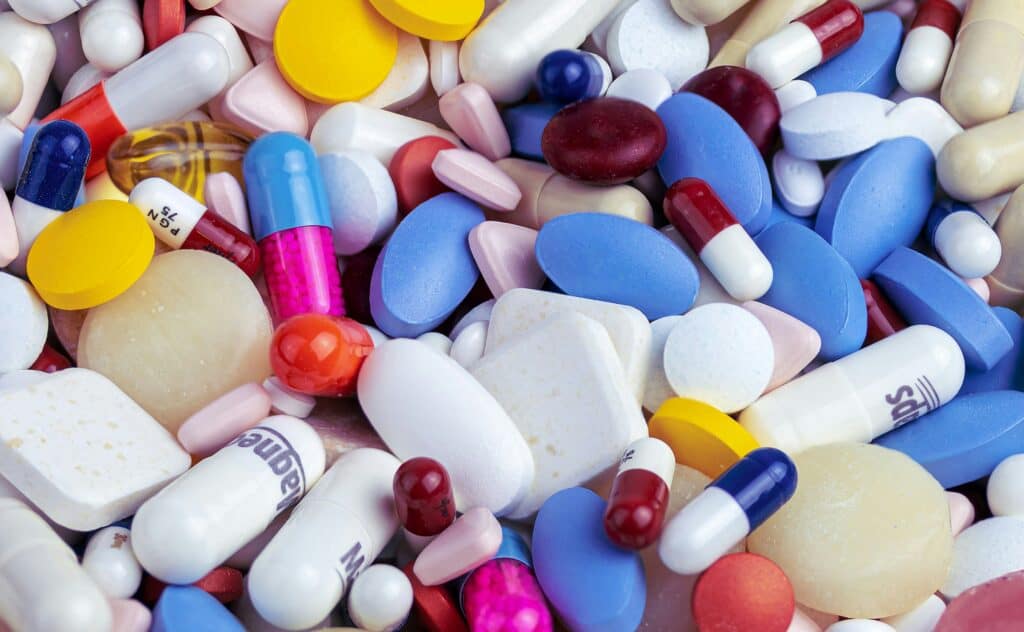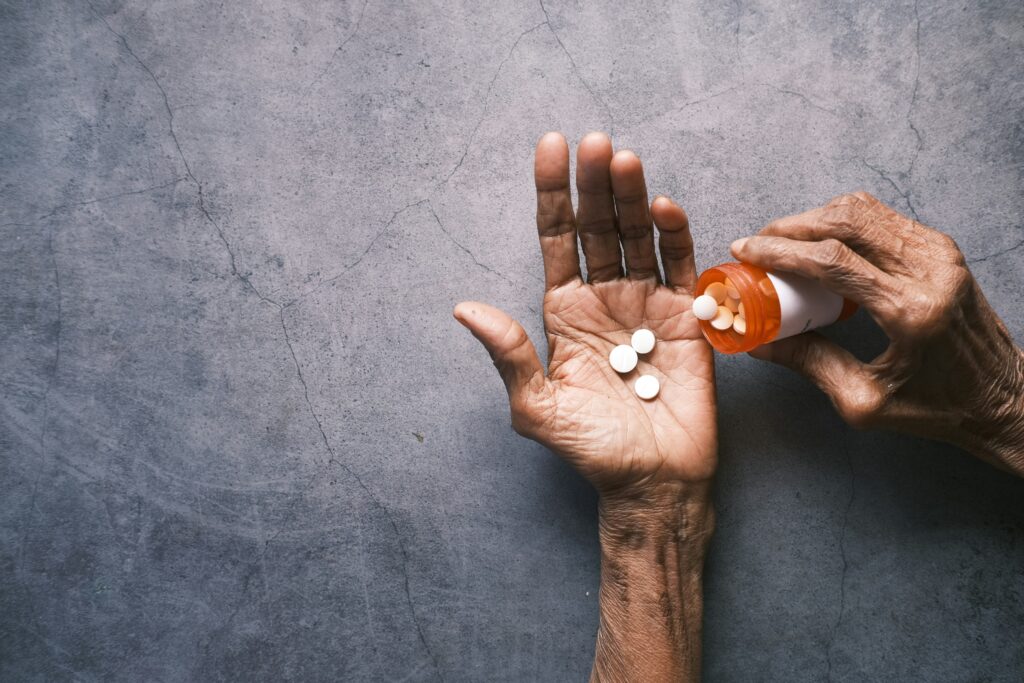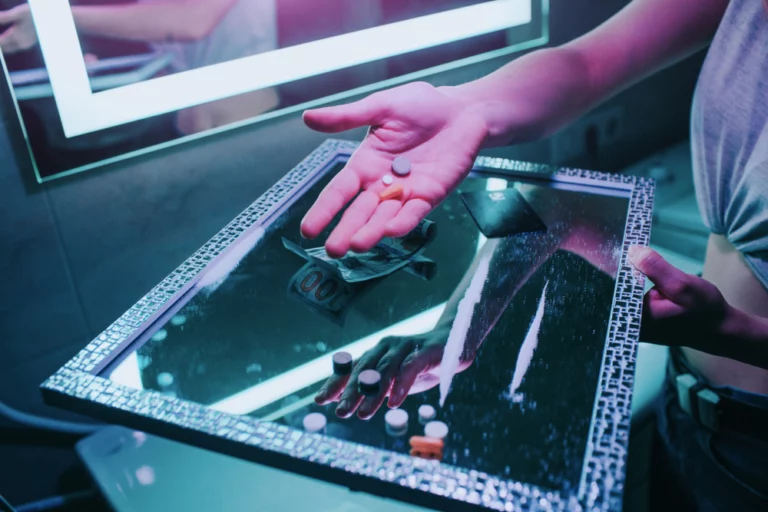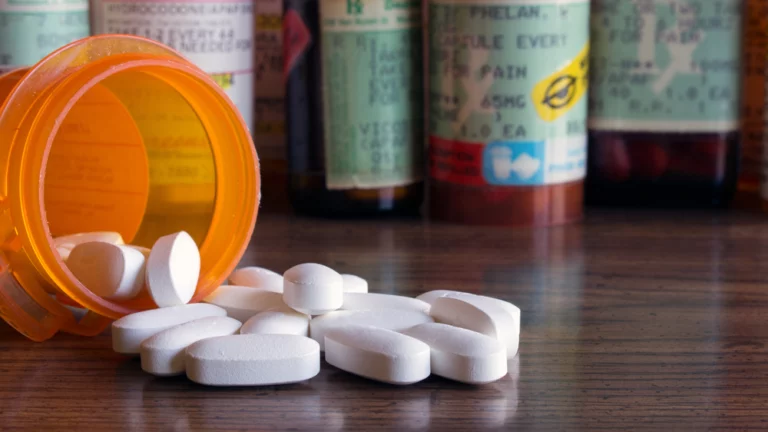In the realm of recreational drugs, the terms “Molly” and “Ecstasy” are frequently used interchangeably in casual conversation, creating dangerous misconceptions among users. However, these two names actually refer to distinct forms of MDMA with important variations in composition, purity, and risk factors.
Understanding the difference between Molly and Ecstasy is absolutely essential for anyone who encounters these substances, whether out of personal curiosity, recreational use, or harm reduction efforts. While both substances ultimately aim to deliver MDMA’s signature euphoric effects—heightened sensory perception, emotional openness, and increased energy—their chemical makeup, physical presentation, and potential dangers are where the key difference between Molly and Ecstasy becomes critically important.
Historically, Ecstasy has been associated with pressed tablets, often imprinted with logos or brand names, while Molly (short for “molecular”) gained popularity as a powdered or crystalline form marketed as “pure MDMA.” However, the difference between Molly and Ecstasy goes far beyond just appearance—it extends to purity, adulteration risks, and even the cultural perceptions surrounding their use.
Many users mistakenly believe Molly is safer simply because of its “pure” reputation, but the reality is that both substances can be cut with dangerous additives. This misconception is exactly why recognizing the true difference between Molly and Ecstasy could be the deciding factor in preventing overdose or adverse reactions.
Understanding how Molly differs from Ecstasy also sheds light on how they’re consumed and the distinct subcultures that surround each drug. Ecstasy pills have long been linked to rave and club scenes, often taken for their stimulant and empathogenic effects in social settings.
Molly, on the other hand, gained traction in the 2010s as a supposedly cleaner alternative, sometimes taken in capsules or dissolved in drinks. Yet, despite these perceived distinctions, the most crucial difference between Molly and Ecstasy lies in their unpredictable compositions—Ecstasy pills frequently contain MDMA mixed with other stimulants like amphetamines or caffeine, while Molly is often adulterated with synthetic cathinones (“bath salts”) or even opioids like fentanyl.
For harm reduction purposes, knowing the difference between Molly and Ecstasy isn’t just academic—it can save lives. Testing substances with reagent kits, understanding dosage risks, and recognizing the signs of adulteration are all critical steps for safer use. Whether someone is a curious first-timer or an experienced user, grasping the real difference between Molly and Ecstasy is the first step in making informed, responsible decisions about these powerful psychoactive substances.

Defining Molly and Ecstasy
What is Molly?
Molly is a term for what is purported to be pure MDMA, a psychoactive substance renowned for inducing euphoria, empathy, and heightened sensory perception. It typically appears as a crystalline powder or encapsulated for ingestion.
What is Ecstasy?
Ecstasy refers to MDMA in pill format that can contain various other substances, such as caffeine or methamphetamines, designed to enhance effects or increase profits, making them unpredictable and more dangerous.
Key Differences: Molly vs. Ecstasy Purity, Risks, and Effects
Recognizing the differences between Molly and Ecstasy helps highlight the specific risks posed by each.
Purity Levels
- Molly: Marketed as a purer MDMA form, it’s seen as safer but can be adulterated with harmful additives due to lack of regulation.
- Ecstasy: Generally contains MDMA mixed with other substances. This variability poses greater risks as users may ingest unknown chemicals.
Form and Appearance
- Molly: Appears as a white or off-white powder, sometimes in capsules. This consistency provides versatile consumption options.
- Ecstasy: Sold as colorful pills with logos or patterns that brand different batches but don’t assure safety or purity.
Cultural Use and Perceptions
- Molly: Popular in the electronic dance music scene for its perceived purity and less adulterated effects.
- Ecstasy: Common in clubs and raves, appreciated for its stimulant properties that promote dancing and energy.
Associated Risks
- Molly: Despite being marketed as purer, it carries risks of containing synthetic cathinones or “bath salts,” posing significant health threats.
- Ecstasy: Content variability calls for caution, as additional substances increase the risk of overdose and health complications.

Risks of MDMA: How Molly and Ecstasy Compared
Whether using Molly or Ecstasy, the dangers associated with MDMA use are considerable—but the difference between Molly and Ecstasy can significantly influence the type and severity of risks involved. While both substances contain MDMA (3,4-methylenedioxymethamphetamine) as their primary psychoactive component, the difference between Molly and Ecstasy in terms of purity, adulterants, and consumption methods plays a major role in their potential harm. Recognizing these distinctions is crucial for harm reduction, as blindly assuming they are the same can lead to life-threatening consequences.
Key Dangers of MDMA Use: How the Difference Between Molly and Ecstasy Affects Risk
The difference between Molly and Ecstasy in underground markets means that neither can be trusted without testing with reagent kits or fentanyl strips.
Purity & Adulteration Risks
One of the most critical aspects of the difference between Molly and Ecstasy is their likelihood of being cut with dangerous substances.
Ecstasy (typically sold as pressed pills) is frequently mixed with other stimulants like methamphetamine, caffeine, or even synthetic cathinones (“bath salts”) to bulk up the product. Some pills may contain little to no actual MDMA.
Molly (marketed as pure MDMA in powder or crystal form) is often adulterated with substances like fentanyl, PMA (paramethoxyamphetamine), or methylone, increasing overdose risks.
The difference between Molly and Ecstasy here is that while both can be contaminated, Ecstasy pills are more likely to contain unknown stimulants, whereas Molly is increasingly found laced with opioids, making it especially dangerous in the era of fentanyl contamination.
Dosage Uncertainty & Overdose Potential
Another major difference between Molly and Ecstasy is the difficulty in measuring a safe dose.
Ecstasy pills vary widely in MDMA content—some may contain 80mg, while others exceed 200mg per pill, leading to accidental overdoses.
Molly, sold as powder or crystals, is often eyeballed rather than weighed, increasing the risk of taking too much.
The difference between Molly and Ecstasy in dosing means that while both can cause hyperthermia, serotonin syndrome, or fatal dehydration, Molly users may mistakenly believe they’re taking a “pure” dose when in reality, they’re consuming an unknown quantity.
According to medical addiction experts, “the risk of fentanyl-laced Molly has surged in recent years, making it equally or more dangerous than Ecstasy in unregulated markets.”
| Aspect | Molly | Ecstasy |
|---|---|---|
| Format | Powder or crystalline, often in capsules | Pressed tablets, often with logos |
| Purity | Marketed as pure MDMA | Often mixed with other substances |
| Risk of Adulteration | High (may contain bath salts, fentanyl, etc.) | High (may include meth, caffeine, or other stimulants) |
| Street Name | “Molly” | “Ecstasy,” “E,” or “X” |
| Typical Users | EDM and festival crowds, younger demographics | Club and rave-goers |
| Common Additives | Synthetic cathinones, opioids (fentanyl) | Methamphetamine, caffeine, PMA |
| Overdose Risk | High, especially with opioid contamination | High, especially due to unknown stimulant doses |
Mental Health Effects of Molly vs. Ecstasy
Both Molly and Ecstasy affect serotonin levels, but the difference between Molly and Ecstasy in long-term impact depends on frequency of use and adulterants.
Chronic use of MDMA, whether from Molly or Ecstasy, can lead to serotonin depletion, causing depression, memory problems, and emotional blunting.
However, Ecstasy pills cut with methamphetamine may accelerate neurotoxicity, while Molly contaminated with synthetic drugs can trigger psychosis or seizures.
The difference between Molly and Ecstasy in neurochemical damage highlights why neither is truly “safe,” even if one is perceived as cleaner.

Physical Health Risks: Dehydration, Hyperthermia & Organ Damage
The difference between Molly and Ecstasy becomes especially dangerous in high-energy environments like raves or festivals.
Both substances can cause dangerous increases in body temperature (hyperthermia), but Ecstasy’s additional stimulants may exacerbate heart strain.
Molly’s purer form (if unadulterated) could lead users to take higher doses, increasing risks of hyponatremia (water intoxication) from overhydration.
The difference between Molly and Ecstasy in physical risks means that while both require caution, Ecstasy may pose greater cardiovascular stress, whereas Molly may lead to severe electrolyte imbalances.
Legal & Supply Chain Risks
The difference between Molly and Ecstasy also extends to black market dangers.
Ecstasy pills are often mass-produced in illicit labs with no quality control, increasing contamination risks.
Molly, despite its “pure” reputation, is increasingly found to contain fentanyl or other lethal additives due to unregulated production.
Short-Term Effects
Both forms can lead to dehydration, hyperthermia, and elevated heart rates, particularly in environments like clubs.
Mental Health Impact
MDMA influences serotonin levels, often causing depression or anxiety post-use, known as “mid-week blues.”
Long-Term Risks
Long-term use risks include cognitive impairment, addiction, and severe serotonin system damage, affecting mood and behavior. Users may develop psychological or physical dependence, complicating detox efforts.
FAQs: Difference Between Molly and Ecstasy
Is Molly safer than Ecstasy?
Neither substance is completely safe due to the potential for adulteration and the inherent risks of MDMA. Molly’s perceived safety as a “pure” form is not guaranteed.
Can you overdose on Molly or Ecstasy?
Yes, overdoses can occur with either substance, especially with high doses or when mixed with alcohol.
How can I test for purity in Molly or Ecstasy?
Testing kits provide a basic indication of MDMA presence but can’t confirm purity or identify all adulterants. Avoiding consumption is the safest course due to substantial risks.
Informed Decision-Making
Understanding the difference between Molly and Ecstasy is crucial for awareness of potential risks. Consider the health implications and make informed decisions regarding substance use. If concerns arise, seeking professional guidance is essential.

Reach Out to Knoxville Recovery Center Today
Whether you or a loved one has struggled with Molly, Ecstasy, or other substances, understanding the difference between Molly and Ecstasy is just the first step—the next, and most important, step is seeking help. At Knoxville Recovery Center, we specialize in compassionate, evidence-based addiction treatment tailored to your unique needs. Our experienced team understands the dangers of MDMA use, including the risks associated with both Molly’s unpredictable purity and Ecstasy’s frequent adulterants, and we’re here to guide you toward lasting recovery.
Many people mistakenly believe that because Molly is marketed as “pure” MDMA, it’s safer, but as we’ve explored, the difference between Molly and Ecstasy doesn’t make either one safe. Both can lead to physical health crises, psychological dependence, and life-threatening overdoses, especially in today’s era of fentanyl contamination. If you’ve been using these substances, whether recreationally or habitually, now is the time to reach out. Knoxville Recovery Center offers medical detox, individualized therapy, and long-term relapse prevention to help you break free from addiction and rebuild a healthier future.
You don’t have to navigate recovery alone. Our dual diagnosis treatment addresses not just substance use but also underlying mental health challenges, such as depression or anxiety, that often accompany MDMA abuse. Whether you’ve been using Molly, Ecstasy, or both, we provide the tools and support needed for sustainable healing.
Take the first step today. Call Knoxville Recovery Center or contact us to learn more about our personalized treatment programs. No matter where you are in your journey, recovery is possible—and we’re here to help you every step of the way.








